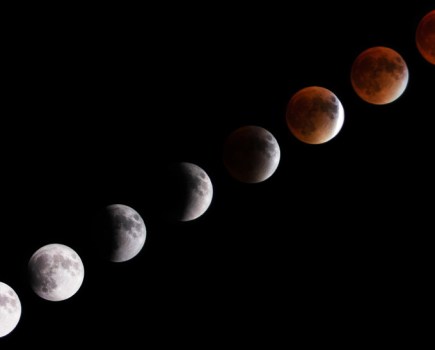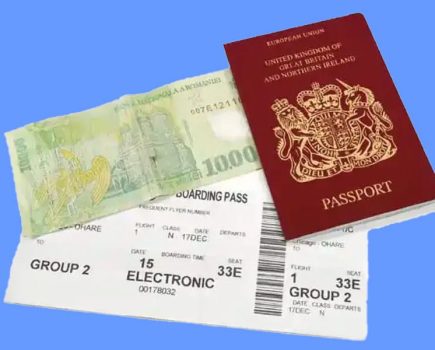Our guide to shooting car racing images offers advice on how to snap a fast moving car at an organized track, street or forest event.
For more general action photography tips see our action photography guide
1. Know your potential positions

Most car racing events have a number of spectator areas, whether it’s in a stand or by a barrier.
Where you position yourself makes a huge impact on the quality of the shots taken, especially if it’s difficult to find another angle.
Try not to be sat in the middle of a straight. The cars will be moving too fast to get a huge amount of sharp images, and will be more difficult to track. Instead find a place on the exit of a corner, preferably a slower corner so you have more time to adjust.
If you’re going to a well known circuit or course, take a look at Flickr for images taken from the same location.
With a little bit of investigative work you should be able to decipher where the photographer was, and stand in a similar position.
2. Know your gear

Chances are it won’t happen very often, but don’t unpack your shiny new camera at the course before you head out. You need to know where the shutter speed and focus controls are at a moments notice, as well as the idiosyncrasies of your lens.
Desperately trying to adjust the focus at a moments notice isn’t the best technique for getting a decent car shot.
The same can be leveled at getting a new lens, as the likes of aperture ranges and the zooming method can make huge differences to how you shoot. So take the camera out and try to capture something a bit slower, such as a dog running or a cyclist.
Play with the focus modes and try and take multiple shots using the burst mode. This will help to familiarize you with the locations of the controls.
3. Limit your focus

Modern DSLRs and CSCs have a number of focus zones to call upon, but most of them aren’t needed when taking motor sports images.
By limiting the focus areas to only the central zone the camera won’t be interested in the background or foreground, only the subject.
By keeping the subject in the centre of the frame not only will your framing be much improved, but you’ll have enough room around the subject to track it.
4. Move as much as possible

This may not be convenient in many cases, when photographin car racing but try not to get stuck in one position.
Although you can vary the angle you shoot from to some degree, there’ll still be an amount of similarity between shots.
You’ll also give another photographer the chance to take a few images from the same location. This will help to get a wider variety of shots, especially as different techniques will be needed at each position. Try to look out for obstructions when scouting a new location, as the likes of tall grass might not be immediately obvious when viewing from further away.
5. Don’t up the shutter speed

It may sound a touch crazy, but increasing the shutter speed up to 1000th of a second won’t give you a particularly impressive end product.
In order to maintain the illusion of motion at a car racing event a slower speed is required, being between 125th and 250th of a second.
The aim is to maintain sharpness in the body of the car while having an acceptable amount of blur in the wheels. The speed you can attain while keeping the exposure to a decent level is somewhat dictated by the lens, as optics capable of achieving a maximum aperture of f/2.8 will be far more preferable to those only capable of f/4.5.
In the case of the latter more natural light will be needed to avoid having too slow of a shutter speed to achieve a decent level of exposure. This is due to the faster shutter speed giving the sensor less time to absorb the necessary light, meaning the aperture has to be wider to compensate.
6. Limit the depth of field

One advantage to working with wider apertures is that the depth of field is naturally shallower.
Once again the perception of speed is helped hugely by creating an amount of blur in the background. This is achieved by reducing the aperture down to the likes of f/2.8, keeping the backdrop of out of the focal range.
This will give any subject a touch of blur to anything potentially distracting, such as the crowd or trees.
7. Know where to shoot

Once you’ve found a decent position, at the car racing event focus the camera on the area the vehicle is about to inhabit.
This will limit the amount the autofocus has to adjust when you take the image. It will also allow you to take an exposure reading, check the shutter speed, alter the aperture and find a comfortable holding position.
Use your other eye (which isn’t against the viewfinder) to monitor the rest of the track, then you can react to the car approaching.
8. Find a comfortable position

The easiest position to hold a camera, especially a DSLR or CSC with a long zoom lens, is using your left hand to support the underside of the lens and your right hand to support the body and press the shutter release.
It’s also advisable to keep your thumb and forefinger free to twist the zoom ring, if you’re using a traditional twist-to-magnify lens.
Try to find a position where you can comfortably twist the upper section of your body to track the vehicle. This is normally achieved by placing your feet in line with the middle of the corner, so you can twist in one direction to start photographing the car and continue through the motion without reaching an uncomfortable position.
9. Avoid too much change

Switching memory card or lens can take up valuable seconds, so only do so when absolutely necessary.
Make sure you’ve got a clear card at the start of the shoot, and keep and eye on the shot counter to ensure you aren’t caught short. Don’t worry about deleting images when you’re trackside, concentrate on shooting and confirming settings.
A switch in lenses is necessary at times, so try to wait for an opportune moment before changing over. Be sure to secure any rear and front lens caps, and ensure all the optics are clean before packing away.
10. Be prepared for the unexpected

At many car racing events you’re never quite sure when a ten car pile-up will occur, or two competitors will head into a corner side-by-side, so always have the camera ready, even if you’re walking around.
Making use of the burst mode is also helpful, as a perfect-looking corner can quickly devolve into a slide, then a spin.
This also helps to display a progression of movement, so a series of images can be used rather than a single one.
Author: Matt Tuffin







